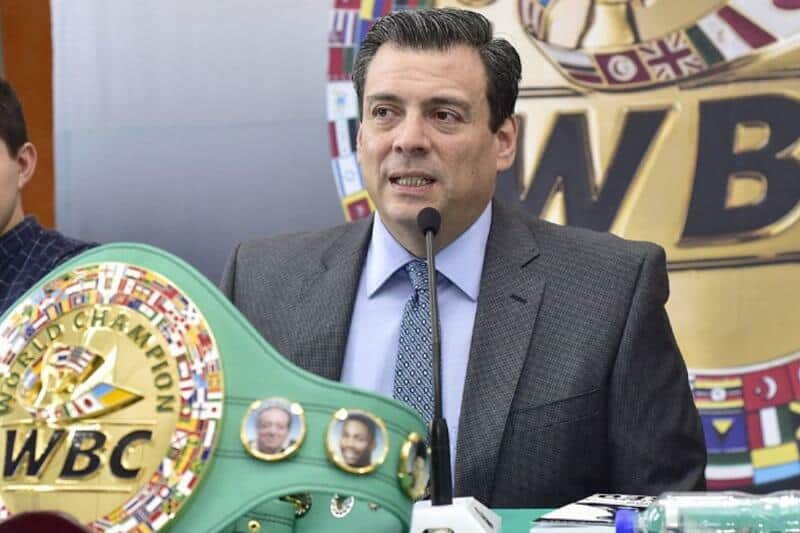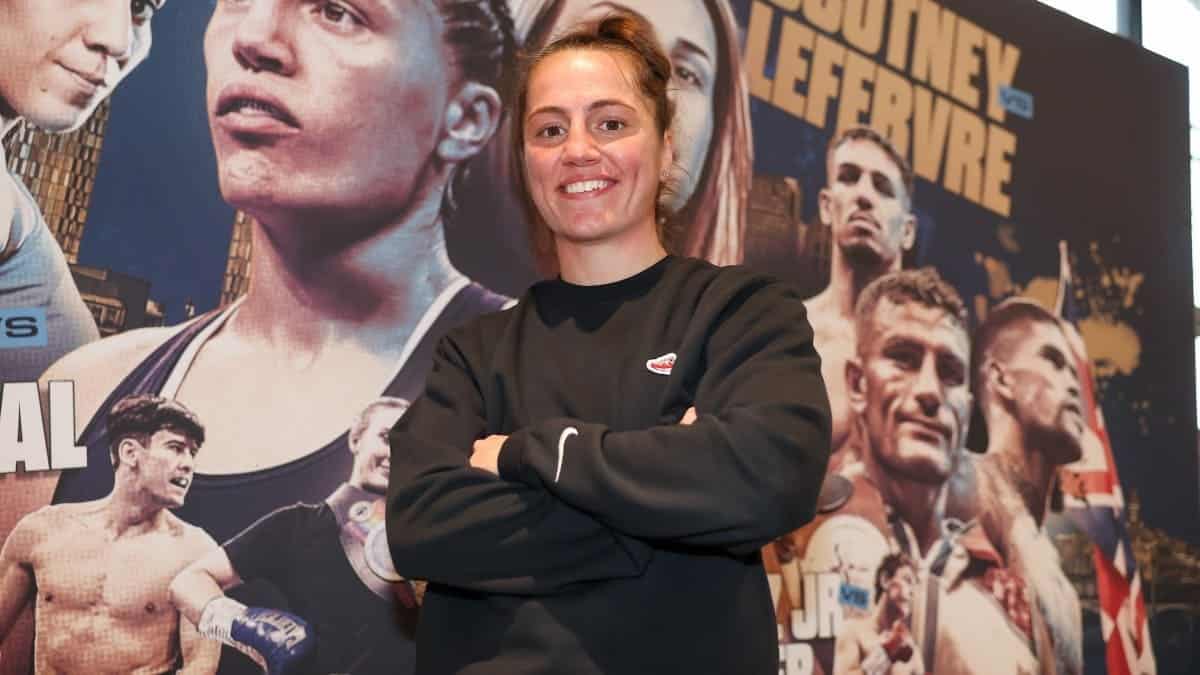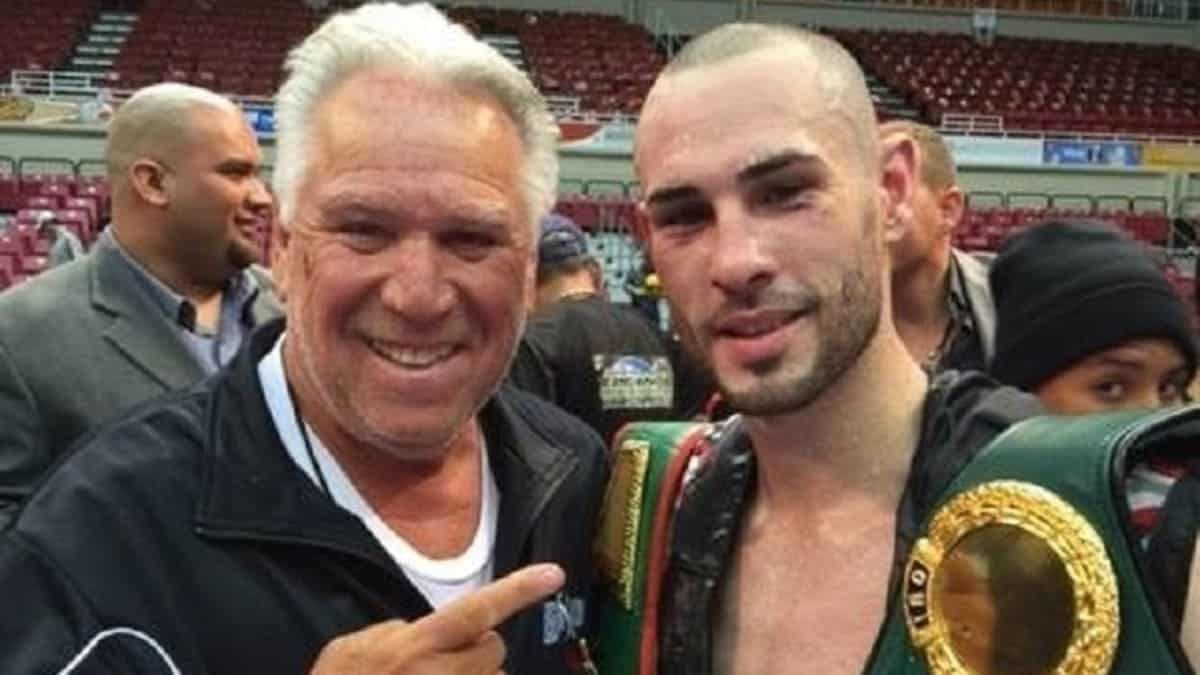WBC President Mauricio Sulaiman has called for boxing to keep all seventeen weight divisions moving forward, explaining his reasons why in the process.
In his latest ’12th Round’ feature, Sulaiman expressed his delight at the way the current climate works.
WBN had previously suggested boxing could cut back to fifteen and lose a clutch of world titles in the process.
Airing his views, Sulaiman said: “The scale has been a boxer’s worst enemy. Physical and psychological fatigue is tremendous, even inhuman, during the process to try to lose weight to be within the limit for a fight.
“This is where the risk of a serious injury increases exponentially. Dehydration is linked to the tragic ring accident formula: Dehydration + fatigue + solid punch = brain injury.
“The World Boxing Council has implemented many specific rules and measures to address this sensitive issue. On this occasion, we will talk about the intermediate divisions.
“Boxing originally recognized eight traditional divisions: Heavyweight, light heavyweight, middleweight, welterweight, lightweight, featherweight, bantamweight and flyweight.
“The creation of intermediate divisions managed to reduce the inhuman sacrifices that the fighters had to make to stay at the same weight or the marked disadvantages that they had when they had to climb to the next one.
“The welterweight division is privileged; distinguished names appear in its lists that in modern times have left their mark.
“Let’s start with the first champion who won five world titles in different weight categories, plus a gold medal at the 1976 Montreal Olympics: Sugar Ray Leonard, who was a great champion with unique style, speed, and accuracy.
“Leonard had a dazzling career as a pro. His elegance for boxing was evident in the divisions he fought: welter, super welter, middle, super middle and light heavy.
“There are countless documented cases of suffering that cause those inhuman efforts to give weight.
“Such is the case of the super featherweight champion, the late Ricardo Arredondo, who suffered martyrdom the last days before a fight. To reach the official weight of the division he only had eaten a raw egg in 24 hours.
“Another case, regarding the days of intermediate divisions absence, happened to the idol of Mexico, Raúl “Ratón” Macías, as he was in need of “drying up,” as said before boxing; already in the ring, between round and round, he drank desperately the water they gave him to rinse his mouth. His daily meal was also a boiled egg.
“The strawweight division was created during the world convention in Aruba in October 1987, and the first champion that same year was the Japanese Hiroki Ioka.
“This division is the smallest and it is below the light flyweight and today is known as minimumweight. One of the greats of boxing achieved a legendary career thanks to the creation of this division, Ricardo “Finito” Lopez, who successfully defended his WBC straw championship 22 times.
“Returning to the great intermediate champions is the emblematic Oscar de la Hoya, proudly Mexican-American, who conquered six championships after his Olympic gold medal: super feather, light, superlight, middle, super middle and welter.
“Roberto “Manos de Piedra” Durán is also a great idol, son of a Panamanian mother and Mexican father. He conquered four divisions: light, welter, super welter and middle.
Now that we are talking about the middleweight division, we must remember the fight of José Ángel “Mantequilla” Nápoles against Carlos Monzón. The Mexican-Cuban welterweight wanted to conquer the middleweight championship versus the Argentine fighter. There was a notable size difference between one and the other. Monson, blow after blow, erased him from the ring.
“At that time there was no super-welterweight category.
“In 1975 the World Boxing Council introduced the Light flyweight division, and Italian Franco Udella was crowned champion after beating Valentín Duende Martínez.
“Four years later, at the annual WBC Convention in Morocco, we voted in favor of creating the super-flyweight division. Its first champion was Venezuelan Rafael Orono.
“In 1976, the super bantamweight division arrived in the modern era. The first champion was the Panamanian Rigoberto Riasco, who was crowned in front of his people.
“Returning to the most prominent fighters in history, there is also American Floyd Mayweather, who has in his luxurious residence the belts that accredit his supremacy in super feather, light, superlight, welter and super welter divisions.
“Floyd possessed incredible speed, accuracy dedication, and tenacity. He applied the most important principle in boxing: to hit and not get hit. His style was highly effective. He retired undefeated with 50 wins.
“The Detroit Cobra, Tommy Hearns, is another famous world champion. His blows resembled the strike rapidity of a serpent. He faced the best of his time, including Marvin Hagler, Ray Leonard, and Roberto Durán. Hearns won the welter, super welter, middle, super middle and light heavyweight crowns.
“There is also Manny Pacquiao, with seven world titles: fly, super bantam, super feather, light, superlight, welter, and super-welter; as well as Roy Jones Jr., with four championships: middle, super middle, light-heavy and heavy.
“Without leaving out the immortal Julio César Chávez, with his three world belts: super feather, light and superlight.
“Canelo Álvarez, who continues writing his story and his legacy because he still has many years ahead. He has already been crowned in the super-welter, middle, super middle and light heavy divisions.
“Other extraordinary fighters who reigned in several divisions were Erik Morales and Jorge Arce, as well as Puerto Rican Wilfred Benítez.
“This is how the intermediate divisions have been created and continue giving brightness to world boxing.”





